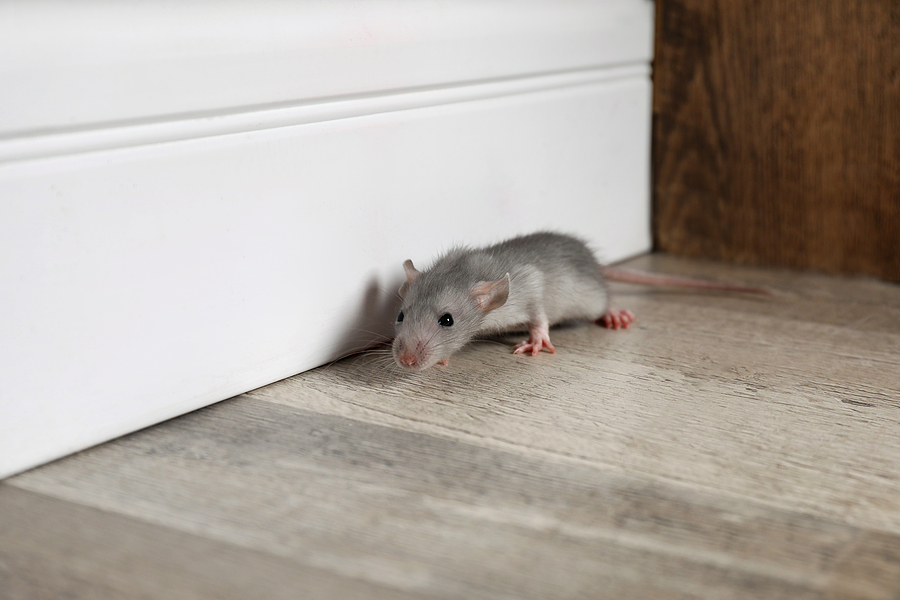What Attracts Pests to Your Home and How to Prevent Them?
Share
Every homeowner dreads the realization that their beloved home has become a breeding ground for pests. It's a perplexing scenario, but understanding what attracts pests to your home can prepare you for effective strategies to keep them at bay. In the initial exploration of your home, pests look for three primary factors: food, shelter, and water. Knowing how to manage these elements is crucial in maintaining a pest-free environment.

The Lure of Food: Why Your Kitchen May Be a Pest Magnet
Pests like cockroaches, ants, and rodents are drawn to food sources. Kitchens often serve as the epicenter of attraction. Leftover crumbs, open food packages, and dirty dishes are baits for these unwanted guests. Additionally, poorly sealed garbage bins provide nightclubs for pests, where they feast and breed.
Keeping Pests from Finding Food
To prevent infestations, it is essential to maintain a clean kitchen. Regularly wiping countertops, cleaning under appliances, and storing food in airtight containers can considerably reduce the chances of attracting pests. For further tips, explore our natural deterrents for home pests.
Seeking Shelter: How Clutter and Crevices Invite Pests In
Your home may unknowingly become a refuge for pests seeking shelter, particularly during weather extremes. Cracks, crevices, and clutter offer ideal hiding and breeding spots. Warm places, including attics and basements, are particularly attractive to pests like rodents and spiders.
Securing Your Home from Shelter-Seekers
Reducing clutter, sealing cracks, and keeping storage areas tidy are effective strategies for keeping pests away. Regular inspections are crucial. You can use the home pest prevention checklist to ensure your home is secure.
Water, Water Everywhere: The Undeniable Attraction
Pests are also attracted to water sources, necessitating the repair of leaks and standing water. Areas such as bathrooms, kitchens, and basements can easily become a haven if humidity and water leaks are not addressed.
Drying Up Inviting Environments
Ensure all plumbing is in working order and promptly address leaks. Utilizing dehumidifiers in damp areas can also help reduce moisture, making your home less inviting to pests.
For those interested in a more technological approach, check out the article on using technology for pest prevention.
When DIY Doesn't Cut It
While prevention is better than cure, some infestations may require more strategic approaches. Check out these effective pest control methods for homeowners to learn more about when professional help might be needed.

FAQ
Q1: How can I tell if my home has a pest issue?
Common signs include droppings, strange noises, bite marks on food packages, and nests in hidden places. For more detailed advice, refer to our preventive tips.
Q2: What are some natural ways to deter pests?
Naturally deterring pests can involve using essential oils like peppermint and lavender, or plants like basil that pests tend to avoid.
Q3: Can pets attract pests?
Yes, pets, particularly those that stay outdoors, can attract fleas and ticks. Regular grooming and hygiene for pets can mitigate this risk.
Overall, understanding what attracts pests to your home is crucial in stopping them. By recognizing the key attractions and implementing these prevention strategies, you can maintain a harmonious and pest-free home environment.
This article contains affiliate links. We may earn a commission at no extra cost to you.
